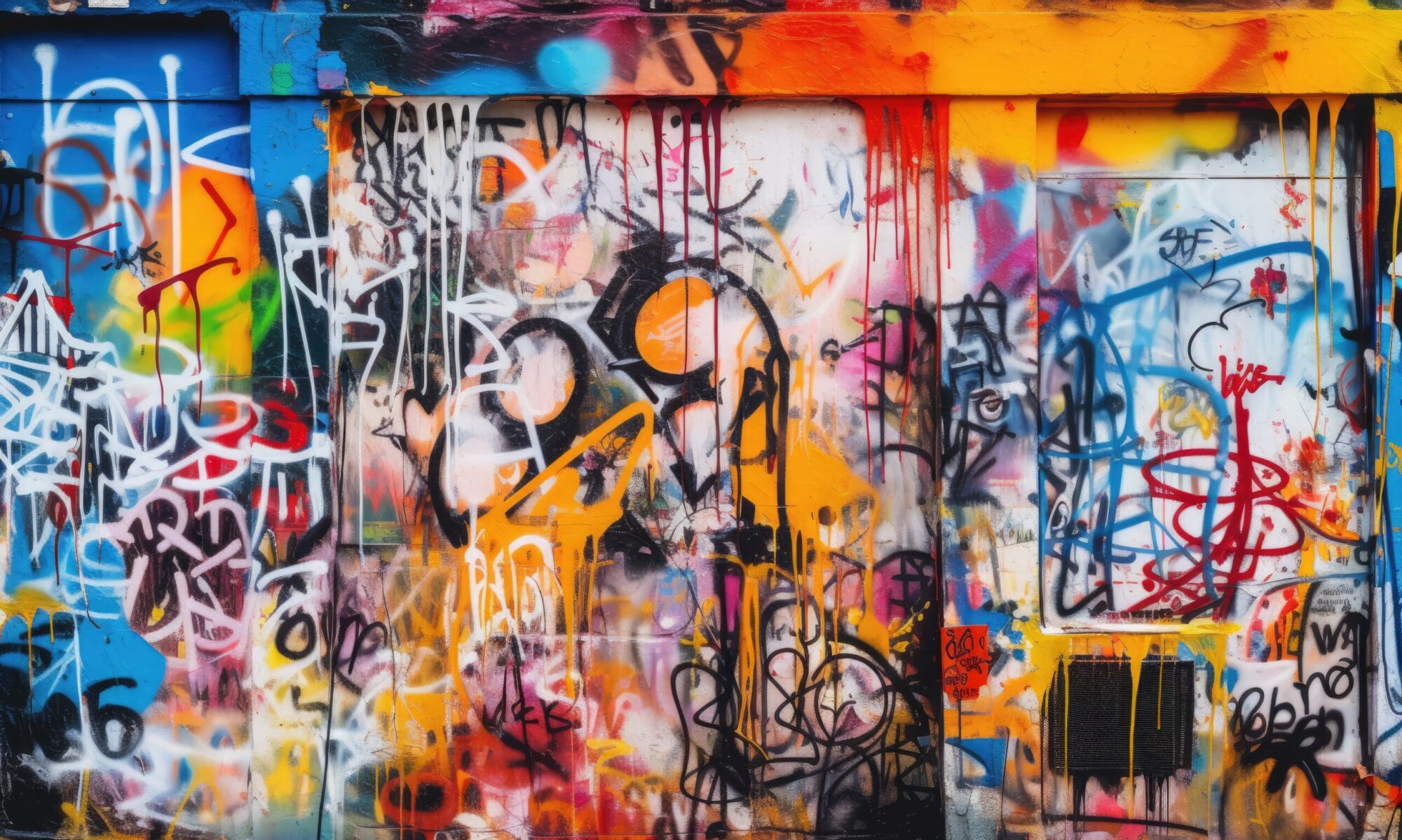Happy Fair Use and Fair Dealing Week! Fair use is an essential tool enabling creativity and scholarship. We build on the works of others when we create something new and without fair use, much of that creativity would be stifled due to the inability to afford licensing fees, inability to determine the correct copyright owner (in the case of orphan works), or, in some cases, when the copyright owner simply refuses to grant permission (wherein fair use is still justified, thankfully). This is not just any Fair Use/Fair Dealing Week . . . this is the 10th Anniversary of the celebration of Fair Use/Fair Dealing Week! This is the perfect time to highlight the Copyright Collection in the Scholarly Communication Notebook. And who better to tell you about the collection than Sara Benson, Associate Professor and Copyright Librarian at the University of Illinois Library, who curated the collection of open access works about copyright in the collection.
The task was no small one: to gather relevant openly licensed works about copyright that would be relevant to library and information science students and professionals. While this sounds easy enough, there are not as many truly open access works as I would have liked (works with an open license in addition to being paywall free) and some of the works are aimed at K-12 audiences while others are aimed more at law school students.
I think I managed to find a good balance of works, including these open access fair use resources:
- The Code of Best Practice in Fair Use for Academic and Research Libraries by the ARL
- Fair Use Video by Sara Benson
- A Framework for Analyzing any U.S. Copyright Problem by Lisa Macklin and Kevin Smith
- Copyright X by Harvard Professor William Fischer
One of my favorite copyright tools of all time, though, and not to be missed, is affectionately called the Peter Hirtle “copyright chart” or, officially named: the Copyright Term and the Public Domain Chart. This tool is essential to my daily work as a copyright librarian. Whenever I have a question about an older book, I look at this chart to help me determine whether it is still in copyright. Published in 1945? Missing a copyright notice? It’s in the public domain! Related hat tip to the great work librarians are doing at NYPL, who recently found that up to 75% of books published before 1964 may be in the public domain due to formalities required at the time (VICE coverage by Claire Woodcock).
I encourage you to check out the many open resources about copyright included in the SCN collection. If you’re the creator of something that belongs here, or you’re aware of a resource that could be included, we’d love to know! If you’re interested in adding it yourself, here are detailed instructions. And, exercise your right to fair use!
